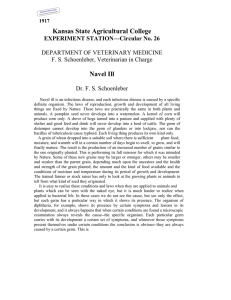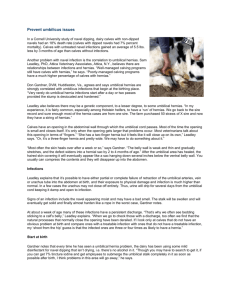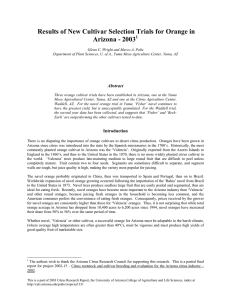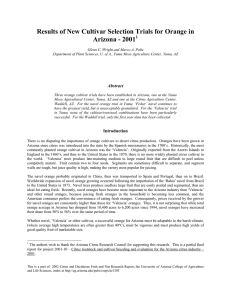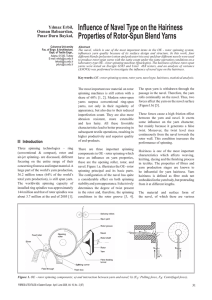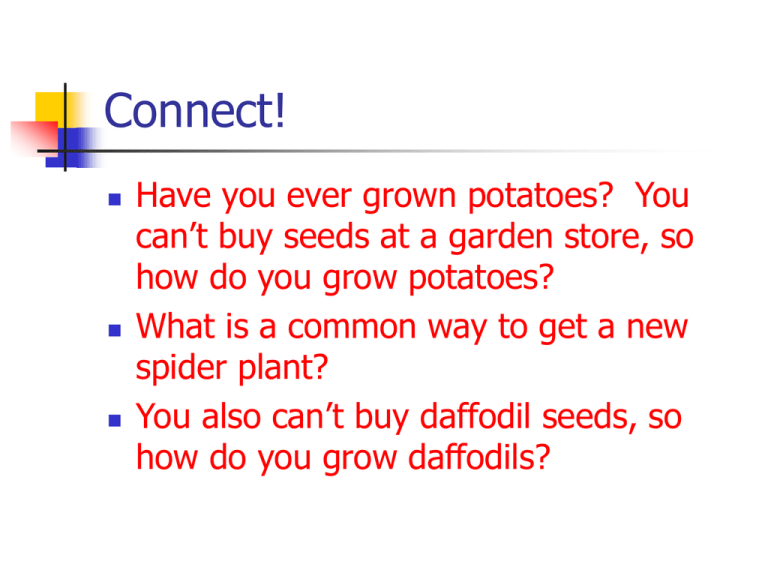
Connect!
Have you ever grown potatoes? You
can’t buy seeds at a garden store, so
how do you grow potatoes?
What is a common way to get a new
spider plant?
You also can’t buy daffodil seeds, so
how do you grow daffodils?
TYPES OF ASEXUAL REPRODUCTION
1. Binary Fission
the equal division of the chromosomes
and cytoplasm of an organism resulting
in 2 new organisms
done by unicellular protists such as
amoeba and paramecium
2. Budding
although the genetic material
(chromosomes) are equally divided, the
cytoplasmic division is unequal
new cells may detach from each other
or may remain together and form a
colony (yeasts)
3. Sporulation
spores, which are single cells, are
released from the parent and can
develop into new individuals (bread
mold)
note: spores are different from seeds…
they do not form from sex cells
from 2 parents as seeds do.
4. Regeneration
when a new organism develops from
part of the original organism
this happens more easily in
invertebrates bc they have more
undifferentiated cells (cells without
jobs) than do vertebrate animals
a starfish can develop from a single ray
and part of the central disc while
lobsters can regenerate lost claws
planaria can be cut in half and develop into
two new worms
Chunk!
Describe binary fission and name an organism that
carries it out.
How is budding different from binary fission?
Name 2 organisms that use budding.
Define spore.
How are spores different from seeds?
Define regeneration.
Why is regeneration more common in invertebrate
animals?
Name 3 organisms that can regenerate.
5. Vegetative Propagation =
Asexual Plant Reproduction
when new plants develop from roots,
stems, or leaves of the parent plant
Cutting
geranium and many other types of plants
Bulbs
garlic above right…each clove
is genetically identical to all
the others…asexual repro!
daffodil at left, each plant is
identical to the other…
Tuber
each eye, if separated, will grow into a
genetically identical potato plant
Runner
above ground
stems can be cut
once little plants
have roots…
all genetically
identical –
asexual repro!
strawberry plant
Grafting
fastest type of vegetative
propagation
similar to an organ
transplant
examples: seedless
orange, multi-fruit trees
Navel Orange
A sectioned navel orange.
The underdeveloped twin is
located on the bottom.
A single mutation in 1820 in an orchard of sweet
oranges planted at a monastery in Brazil yielded the
navel orange. The mutation causes the orange to
develop a second orange at the base of the original
fruit, opposite the stem, as a conjoined twin in a set
of smaller segments embedded within the peel of
the larger orange. From the outside, it looks similar
to the human navel, thus its name.
Because the mutation left the fruit seedless, and
therefore sterile, the only means available to
cultivate more of this new variety is to graft cuttings
onto other varieties of citrus tree. Two such cuttings
of the original tree were transplanted to Riverside,
California in 1870, which eventually led to worldwide
popularity.
Today, navel oranges continue to be produced via
cutting and grafting. This does not allow for the
usual selective breeding methodologies, and so not
only do the navel oranges of today have exactly the
same genetic makeup as the original tree, and are
therefore clones, in a sense, all navel oranges can be
considered to be the fruit of that single over-acentury-old tree. This is similar to the common
yellow seedless banana, the Cavendish.
Chunk!
Define vegetative propagation.
Is it asexual or sexual repro?
What is the fastest type of veg prop?
Give 3 types of vegetative propagation other
than grafting, and name organisms that use
each type.
Why would a farmer want to use asexual
reproduction for crops instead of sexual
reproduction by seed?
Just for
Fun!
Explain
this
cartoon.


